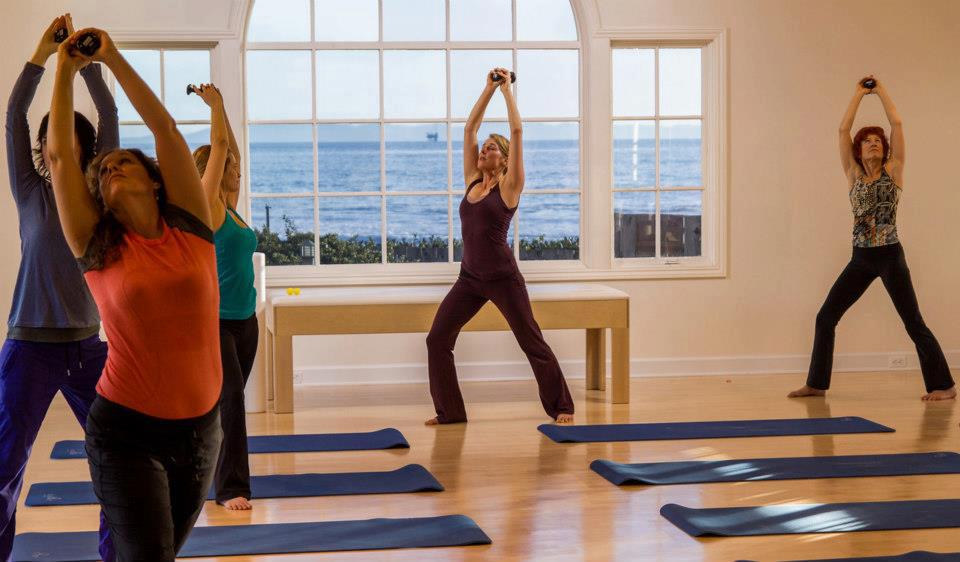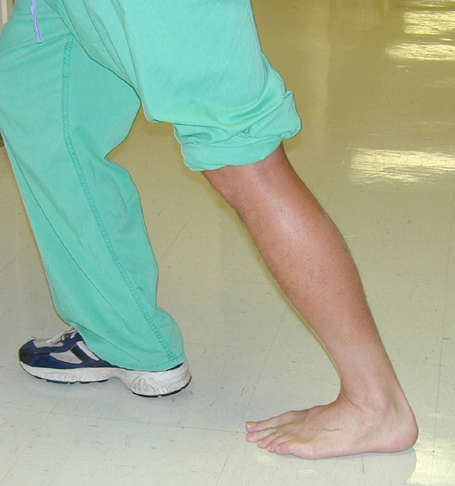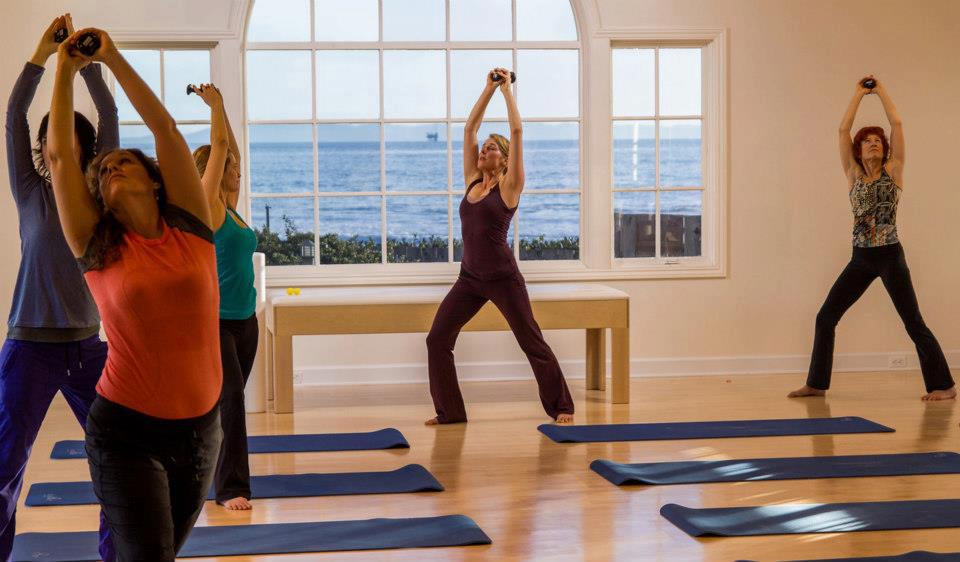
Deceleration through Eccentrics?
Movement efficiency is a common theme behind all the EBFA education and Certification Programs. By assessing and improving movement efficiency from the ground up we are better able to tap into the body’s natural loading and unloading mechanism.
With each step we take 1 – 1.5 times our body weight in impact forces enters the body. Often associated with overuse injuries such as stress fractures or Achilles tendonitis, impact forces are actually a necessary component to efficient movement.
The impact forces we encounter with each step are used by the body to run, climb, jump – or do a variety of closed chain movements we enjoy. Where injury and compensation ensues is when we begin to interfere with this natural relationship to impact forces.
Inactivity, injury and surprisingly footwear all interfere with the loading of impact forces and the ability to move efficiently.
Deceleration and Loading Impact Forces
When we first studying for our licensing or certification exams we learned that there were types of muscles contractions – eccentric, isometric and concentric.
Often referred to as “negatives” or deceleration contractions, eccentrics are associated with hypertrophy training, plyometrics and rehab programming for tendon injuries.
The above may be true for isolated movements such as a bicep curl or calf raise, however current research challenges the way we decelerate or load impact forces during sinusoidal, rhythmic movements – such as during walking.
Emerging Role of Isometric Contractions
I first came across the concept of isometric contractions and the loading of impact forces when I was researching for a presentation on Achilles tendon injuries.
Common among runners, Achilles tendonitis is one of the most frustrating overuse injuries. A 2002 study in the Journal of Physiology demonstrated that the gastrocnemius/soleus fibers actually contracted isometrically during the gait cycle – allowing the task of storing and releasing elastic energy to the Achilles tendon.
Another 2012 study by Schleip et al. further supported this concept by stating that it was the fascia and tendons, not the muscles, which actually turned impact forces into elastic energy. This supports the concept that fascial work, more so than stretching, is more appropriate for improving adequate range.
So why isometric contractions for the absorption of impact forces?
We perceive impact forces as vibrations.
I often tell my students to compare impact forces to the vibrations on a gong or two cymbals. To make the cymbals stop vibrating you put your hands against it.
Similarly, the vibrations associated with impact forces need to be damped as they enter the body. The muscles in our feet and lower leg play an important role in deceleration by contracting isometrically to damp the vibrations.
Training Fascia for Efficinecy
So are eccentrics completing out of the picture and a waste of time?
Absolutely not!
Eccentrics are one of the best exercises for improving tissue elasticity and range of motion, however specific work should also be done to fascial tissue.
According to Schleip et al. the best way to train fascia for energy transfer is through oscillatory, rhythmic movements such as those associated with Tai Chi, Gyrotonics or dance.
Finding a soft elastic bounce at the end range of motion and activating the muscle in a lengthened position further bring elasticity and hydration to our fascial network. In lieu of this concept I now have many of my patients do Gyrotonics instead of yoga to specifically increase fascial elasticity and decrease their risk of overuse injury.
To learn more about training fascia for movement efficiency – click here!
To learn about movement efficiency from the ground up please visit www.ebfafitness.com


